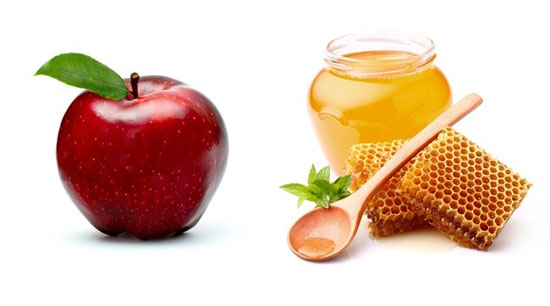It seems that we know everything, or almost everything, about what we eat because we carefully read the labels. But can we say that for sure?
We put together a list of curious facts that will make you change your opinion about traditional food.
12. The cultivation of GMO plants is allowed in most countries.

In the majority of countries, genetically modified crops can be cultivated without any restrictions because there is still no scientific proof that such crops are more harmful than natural ones. The most widespread GMC are soybeans, maize, cotton, canola, and sugar beet.
11. Genuine balsamic vinegar is never cheap.
Traditional balsamic vinegar is produced from the juice of freshly harvested white grapes, boiled down to create a concentrate, which is then fermented with a slow aging process for at least 3 years (the best types — up to 100 years). Of course, such a complicated process of production affects the price. That is why, when buying a bottle of balsamic vinegar for a couple of bucks, you can be sure that it’s far from genuine.
10. Fortune cookies do not originate in China.

These cute cookies are traditionally considered a part of Chinese cuisine. But this is a myth. You will hardly find them in China. In reality, fortune cookies were invented in San Francisco by Japanese (and not even Chinese) Americans.
9. Fake wasabi

Genuine wasabi can be found only in Japan, where it is cultivated under certain conditions: in running water at a temperature of 10-17°C. Wasabi roots ripen in 3-4 years, and 1 pound costs more than $100. That is why they often use imitation wasabi outside of Japan, which consists of horseradish, mustard, starch, and green food coloring.
8. We eat insects and don’t even know about it.

The food pigment carmine, also known as E120, is used to add red color to food products. But not everyone knows that carmine is produced from carmine acid, generated by some scale insects such as the cochineal scale.
7. Ketchup can be produced without tomatoes.

Despite the fact that tomatoes are inexpensive (in comparison to wasabi, for example), they are quite often replaced with cheaper ingredients, such as applesauce, different thickeners, colorings, and other additives. To distinguish a fake ketchup, first look at its color — it should be red or dark red. As for consistency, real ketchup shouldn’t be too watery.
6. Why do crackers have holes in them?

The holes in crackers are not a decorative touch. They actually ensure that the treats bake properly. Otherwise, they wouldn’t be so thin and crispy. By the way, the first crackers that were produced in the USA had holes that were made manually. Their number was 13, which corresponded to the number of states of the country at that time.
5. Canola and rapeseed oil are the same product.

The name “canola” actually means Canadian Oil, Low Acid. It is different from regular rapeseed oil only by the reduced amounts (up to 2%) of erucic acid, which not only negatively affects the taste but is also toxic to the heart.
4. The calorie count shown on packs can be inaccurate.

The problem is that the calorie measuring system is already out of date. For example, it does not account for how absorption varies based on the type of food or the individual who is consuming it. Recently, scientists figured out that whole almonds have about 20% fewer calories than originally thought, and pistachios have 5% fewer calories.
3. Some foods can disappear forever.

Unfortunately, due to global warming and other negative factors, some foods are on the verge of extinction. This includes:
- Certain types of apples that need colder winters.
- Avocados, due to the fact that their cultivation is unprofitable. To crop 1 pound of this fruit demands 130 gallons of water.
- Bananas were affected by an epidemic of fungal diseases, and the plants started dying quickly.
- Honey. In recent years, the number of bee colonies has significantly reduced. The reasons are mites from Asia (introduced 30 years ago), pesticides, and poor bee nutrition.
- Chocolate. As scientists state, the quality of cocoa beans has worsened significantly in recent decades, thus the crops have been reduced by half.
2. Chewy fruit snacks contain the same wax as automobile waxes.

Apart from gelatine, colorings, and other ingredients, chewy fruit snacks also contain carnauba wax, which is a wax from the leaves of palm trees. The same wax is used for automobile waxes, furniture waxes, and it’s even used in the beauty industry.
1. Broiler chickens have become much bigger.

Over the last 60 years, chickens have become much bigger, especially their chest and legs. Some say that added hormones and steroids are responsible for these changes. However, farmers claim that the chickens’ growth is caused not by prohibited drugs but by improved modern breeding, better living conditions, and regular veterinarian oversight.
Bonus: The most expensive pizza in the world
This pizza’s ingredients include truffles, Ossetra caviar, stilton cheese, and thin leaves of 24K gold. It’s hard to guess whether the taste is worth the money. But if you have a spare $2,700, you can try this dish at Industry Kitchen restaurant in New York.












